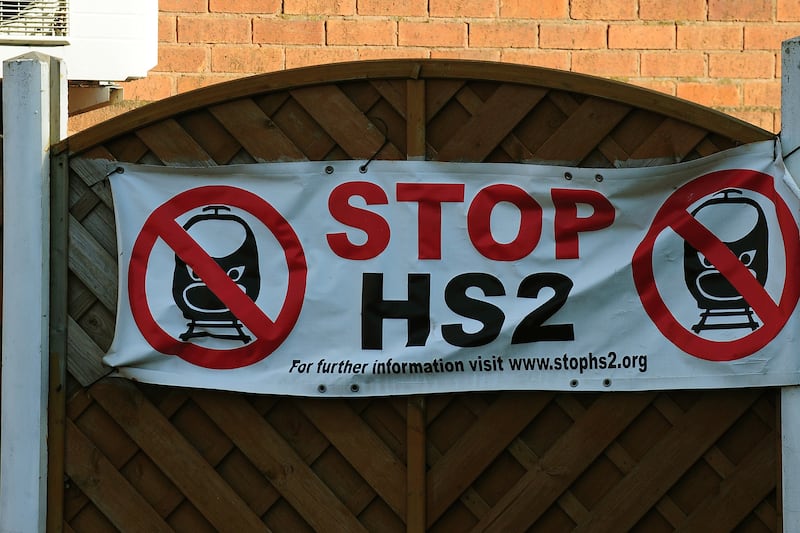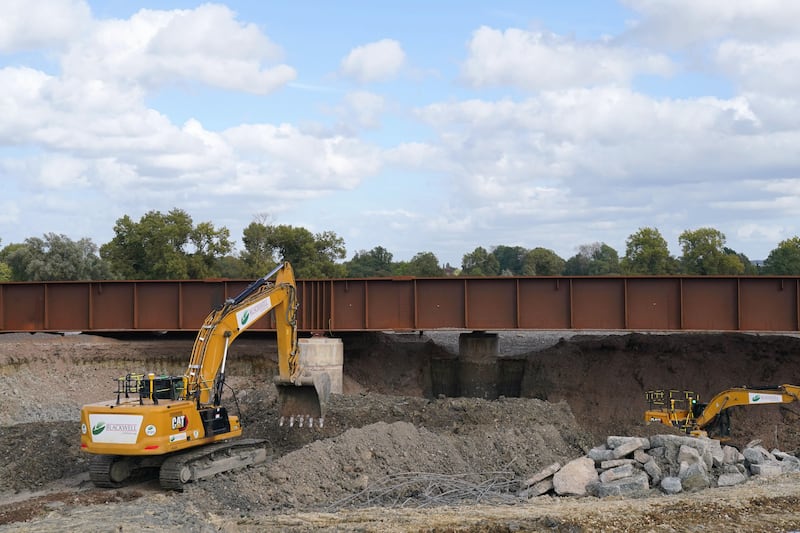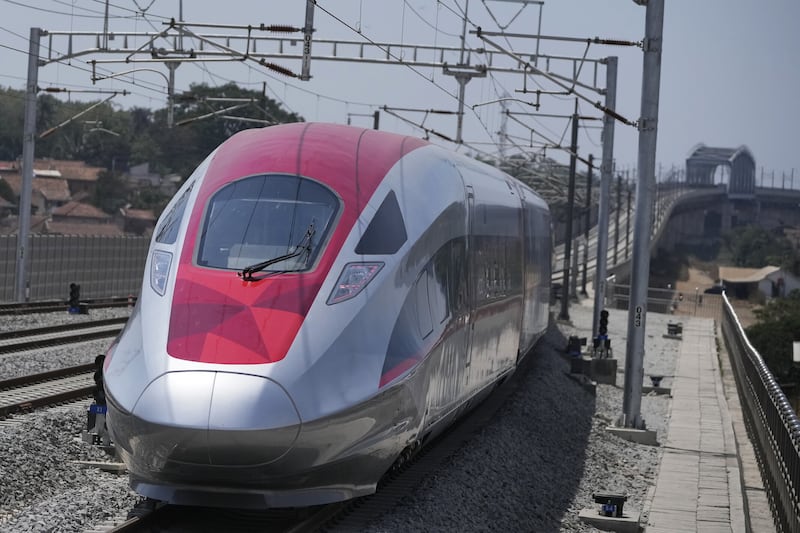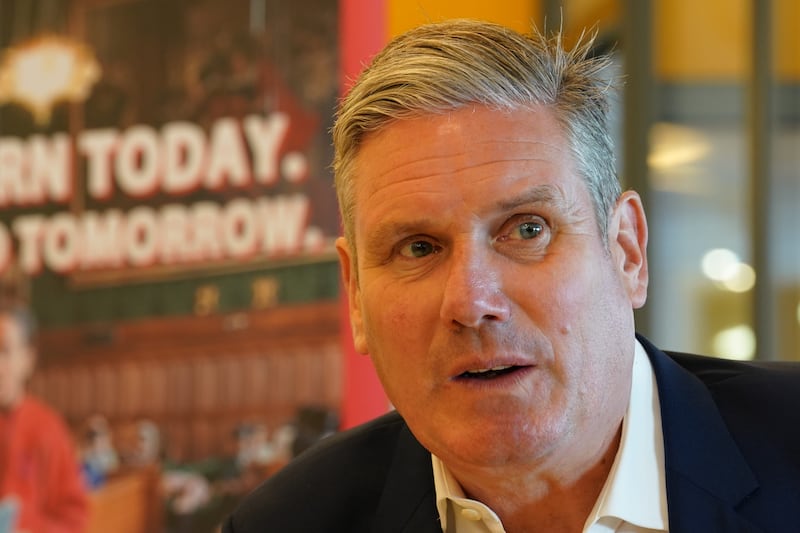A HIGH-speed train link from Belfast to Dublin is among a number of proposals cited as having the potential to strengthen economic ties between the two cities and attract future investment along Ireland's east coast, which is seen as the engine of the island's economy.
Both Tanaiste Leo Varadkar and Stormont finance minister Conor Murphy mooted improving the intercity rail network during a summit yesterday at which eight local authorities from both sides of the border came together to formally set up the Dublin-Belfast Economic Corridor, by far the most populous part of the country.
Four local authorities on each side of the border have joined forces for the initiative, and they commissioned a report from Dublin City University and Ulster University looking into the potential for recovery and opportunities for cooperation'.
The four northern councils involved are Belfast, Armagh, Banbridge & Craigavon, Lisburn & Castlereagh, and Newry, Mourne & Down,with those in the Republic being Dublin City Council, Fingal, Louth, and Meath.
The concept of such an economic corridor has been in circulation since the early 1990s, and has developed from a focus purely on transport infrastructure into more complex economic zones attractive to inward investment and a potential tool to tackle regional disparities.
The corridor region had a population in excess of two million people and is younger, more diverse and better educated than any other part of Ireland, with a third holding third-level qualifications.
In 2019, there were 125,000 firms located along the corridor with entrepreneurship and survival rates higher than elsewhere in Ireland and more people employed in mid-sized and large businesses than anywhere else.
Speaking at the virtual launch of the initiative, Mr Varadkar said the corridor was about bringing north and south closer together and enhancing economic and social co-operation between Dublin and Belfast, as well as the areas in between.
"For millennia now, the major economic centres on the island have been Dublin, since it was founded by the Vikings, and Belfast in the north east," Mr Varadkar said.
"There are two million people living along the corridor. It's not just about Dublin, Belfast, it's everything in between.
"To a certain extent, because of the events of 100 years ago, these two major urban centres, this major economic corridor, was split and turned their backs on each other in a way. I would like that to turn around."
He questioned why Dublin was not twinned with Belfast when it was twinned with Barcelona, Beijing, and Nablus in Palestine.
"There should be so much more contact between the two cities and all the places along the route," he added.
Conor Murphy said local authorities had been trying to improve the synergy between the two cities since partition and that the pooling of assets would be very beneficial.
"There is a huge opportunity to market the areas as one, to recognise the potential of the growth of the population there and the diversity and the economic strength of both cities," he said.
"It would be madness not to try and take advantage, on an international scale in terms of marketing and branding, but also domestically across the island."
He added: "We should be looking at a real strong connection between Derry, through Belfast to Dublin and Cork.
"Those sort of plans and investment I think would really transform this island, and by the economic corridor between Belfast and Dublin being a key driver of that."
Last year Stormont infrastructure minister Nichola Mallon and her Dail equivalent Eamon Ryan agreed to progress a feasibility study for high speed rail between Belfast and Dublin and on to Cork, after a commitment was made to the project in the New Decade, New Approach document.
It is likely to be the most significant review of the intercity network on the island since the strategic rail review in 2003, and will examine how it could operate with the existing broader network.
The process of progressing 500km of high-speed line from Belfast-Dublin-Cork/Limerick is likely to cost in the region of €15 billion.








